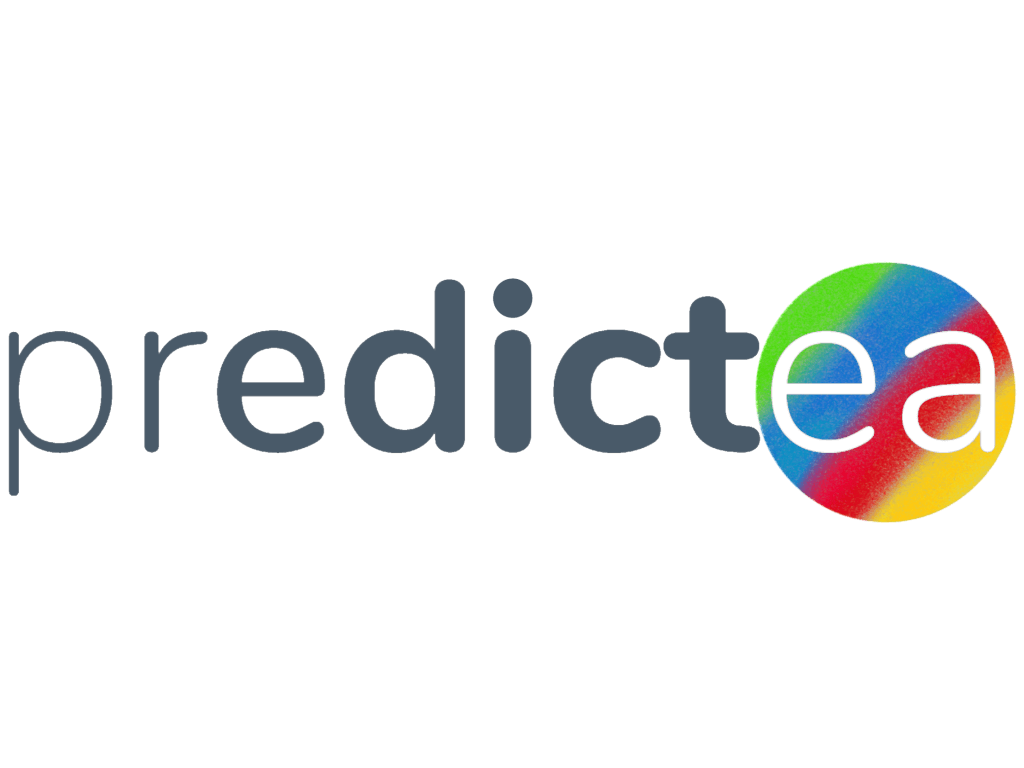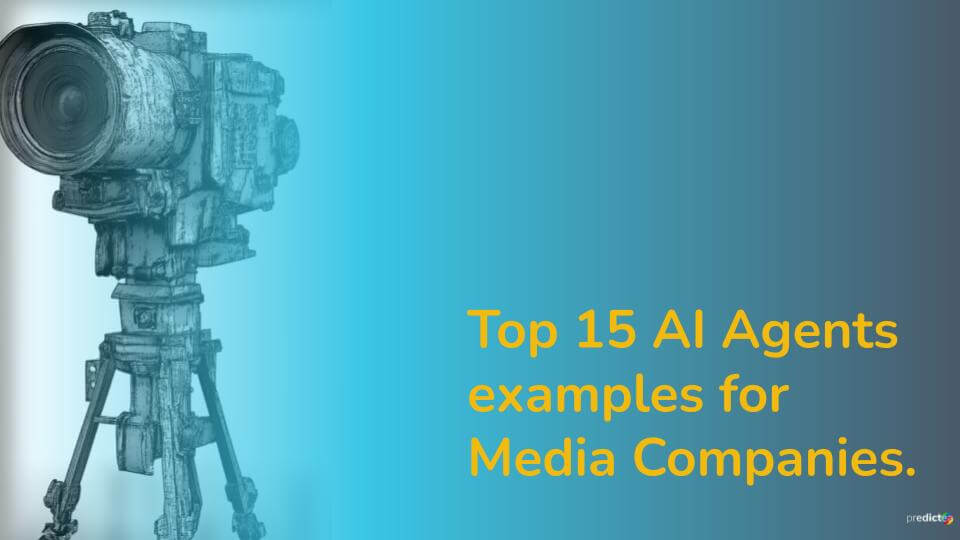AI agents are revolutionizing media organizations by improving efficiency across content creation and audience engagement, therefore, allowing teams to focus on creativity. AI-driven tools can generate articles faster than human writers and video and image editing platforms can transform raw footage into polished products. AI agents also enhance audience interaction by personalizing content and tailoring messaging to specific demographics. By integrating these tools, media organizations can boost productivity and keep audiences engaged.
This blog explores 15 Top AI agents that media companies can use to enhance operational efficiency, create engaging content, and boost productivity.
Content Creation and Generation
ChatGPT can enhance content creation by quickly generating articles, social media posts, and scripts for specific audiences, reducing creative bottlenecks, and enhancing audience engagement through real-time chatbots, allowing content creators to focus on strategic tasks.
Pros:
- Quick content generation for faster publication.
- Instant user engagement through chat.
Cons:
- Can produce irrelevant or off-topic responses.
Synthesia allows media companies to create AI-generated videos quickly and efficiently, reducing production costs and enabling innovative storytelling approaches, especially for multilingual content including an avatar, thereby catering to diverse audience needs.
Pros:
- Rapid content creation without actors.
- Multilingual content translation.
Cons:
- High usage cost for larger projects.
Grammarly enhances media companies’ content quality by ensuring grammar, style, and clarity, maintaining originality, and providing real-time feedback for writers refine their skills, boosting audience retention and satisfaction.
Pros:
- Enhances writing quality with real-time grammar and style suggestions.
- Detects potential plagiarism.
Cons:
- Costly subscriptions for budget-conscious organizations.
Canva’s Magic Write streamlines graphic design for media companies by providing templates and writing assistance, automating repetitive tasks, and encouraging teamwork.
Pros:
- User-friendly interface for content creation.
- Quick design options for visually engaging graphics.
Cons:
- Over-reliance on templates can lead to a lack of originality.
DeepBrain is an AI video generation platform that uses avatars and voices to create professional-quality videos for marketing, education, and corporate communications. It offers customisable avatars, and easy editing tools, and supports multiple languages for international audiences. Media companies can use DeepBrain for automated content creation, speeding up production while maintaining professional quality.
Pros:
- Provides an intuitive interface for easy video creation.
- AI-generated avatars and voice synthesis enhance engagement.
Cons:
- Limited customisation can impact uniqueness in video presentations.
Editing and Production
Descript is an AI tool that simplifies video and audio editing by providing a text-based interface, enhancing collaboration, and offering transcription capabilities, thereby enhancing accessibility and reducing turnaround times.
Pros:
- Streamlines editing through a text-based interface.
- Provides high-quality transcription services.
Cons:
- The learning curve may take time.
- May struggle with large video files or complex projects.
Adobe Sensei automates tasks within Adobe Creative Cloud applications. Offers intelligent tagging and organization of digital assets. It aids in managing large content volumes, optimizes images and videos, and allows media professionals to focus on storytelling.
Pros:
- Enhances creative tools.
- Simplifies digital asset organisation.
Cons:
- Limited software compatibility.
- High learning cost due to complex features.
Veed.io is a user-friendly video editing platform that enables media companies to produce high-quality content quickly and efficiently, enhancing productivity and enabling real-time feedback and edits.
Pros:
- User-friendly interface for all skill levels.
- Comprehensive features like subtitles and trimming.
Cons:
- Limited advanced features may not support professional editing.
- Storage limitations may apply.
Audience Engagement and Interaction
Octane AI uses chatbots to improve audience engagement and interaction, allowing media companies to respond to user queries, provide content recommendations, and gather feedback, thereby increasing user satisfaction and retention rates.
Pros:
- Facilitates direct communication and enhances customer service.
- Customizable to meet specific brand needs.
Cons:
- Limited understanding of nuanced questions.
- Time-consuming initial setup process.
Hootsuite Insights enables media companies to monitor social media trends, analyse engagement metrics, and adapt strategies to audience preferences. It helps identify relevant topics for content creation and strengthens audience relationships.
Pros:
- Effective tracking of social media engagement and sentiment.
- Trendy content identification for timely coverage.
Cons:
- Limited DIY features for beginners.
- High cost for small businesses.
NewsAPI is a powerful aggregator that enables media companies to gather content from trusted sources, ensuring the latest news, enhancing user engagement, and saving research time by providing diverse perspectives.
Pros:
- Comprehensive coverage from multiple sources.
- Enables personalized news delivery.
Cons:
- Quality and accuracy are reliant on third-party sources.
- Limited access to older news articles.
Analytics and Insights
IBM Watson’s advanced analytics provide deep insights into audience data, enabling media companies to craft relevant stories, predict trends, and understand viewer sentiment, improving editorial decisions and increasing audience retention and satisfaction.
Pros:
- Provides deep insights and analytics.
- Enhances content personalization through audience segmentation.
Cons:
- Requires significant training and expertise.
- Costly for smaller organizations.
Google AI enhances content planning by analysing audience behaviour, optimising content delivery based on engagement metrics, and optimising images and videos with visual recognition capabilities, thereby enhancing media organizations’ competitiveness.
Pros:
- Provides deep insights for data-driven storytelling.
- Enhances content personalization through audience segmentation.
Cons:
- Complexity requires significant training and expertise.
- Costly for smaller organizations.
Content Marketing and Optimization
ClearVoice streamlines media companies’ content production by connecting them with freelance writers, reducing overhead costs and allowing flexibility. Its workflow tools help manage multiple projects and deadlines efficiently.
Pros:
- Freelancer connections facilitate content creation.
- Workflow streamlines content production.
Cons:
- Quality can be variable concerning the freelancer.
- Potentially raises costs.
Writesonic is an AI-powered writing assistant for marketers, bloggers, and businesses, offering tools for creating high-quality content quickly and efficiently. It integrates SEO optimization, provides customizable templates, and offers intuitive workflows to enhance productivity and reach.
Pros:
- Offers extensive tools for SEO optimization.
- Long-form content creation, robust for generating in-depth articles or blog posts.
Cons:
- Complex interface for new users.
Conclusion
The 15 AI agents discussed in this blog have significant impacts on Media companies, enhancing productivity, streamlining workflows, research and analysis, and enabling creative content generation. Understanding their strengths and limitations is crucial for effective use and driving innovation. By making informed choices, the teams can harness AI’s full potential and navigate the future confidently.


